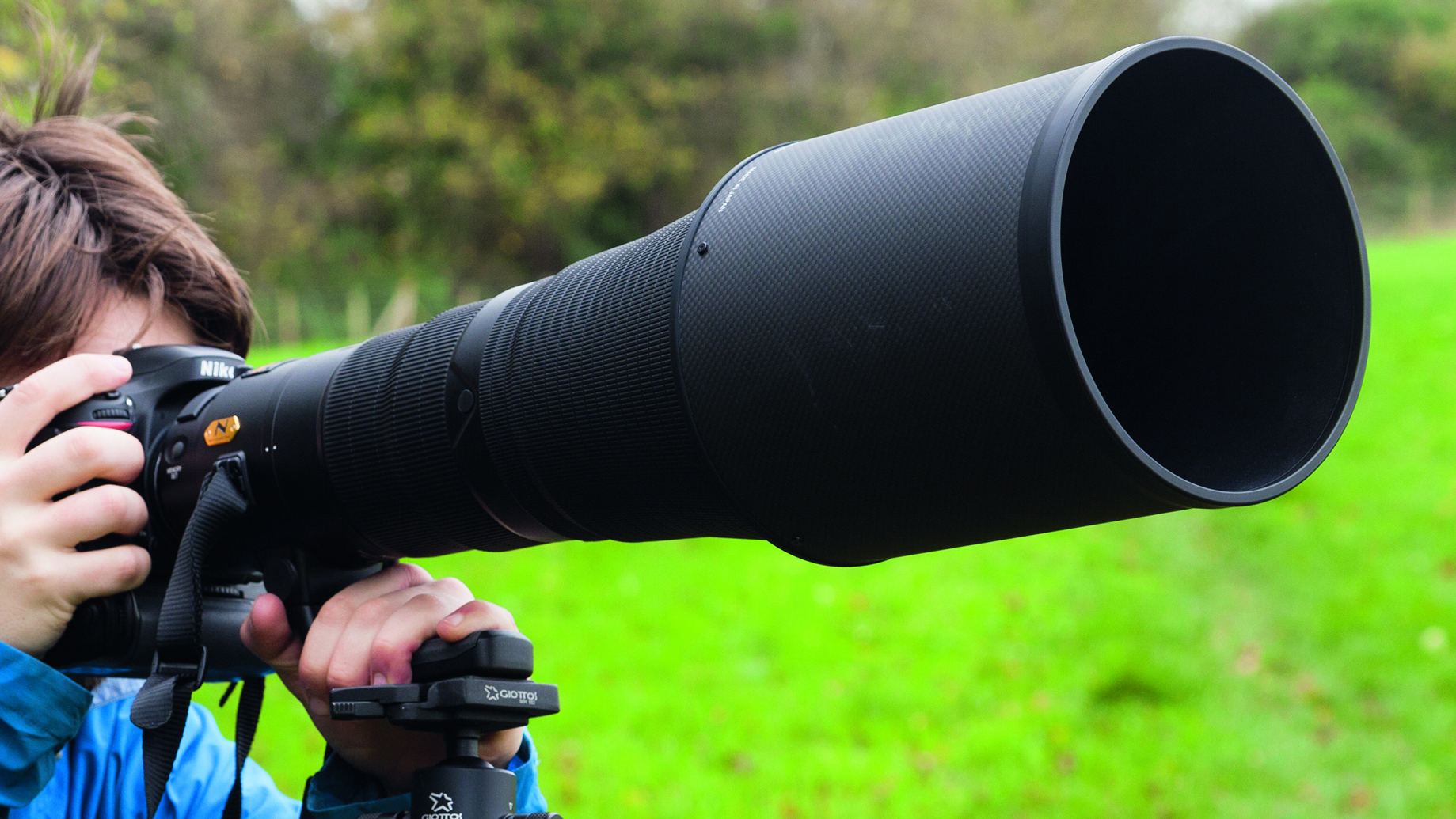The Getty Museum has just purchased its first-ever AI-generated photograph
“Would cowboy culture have embraced latex?” said artist Matias Sauter Morera “These speculative questions are at the core of my work”
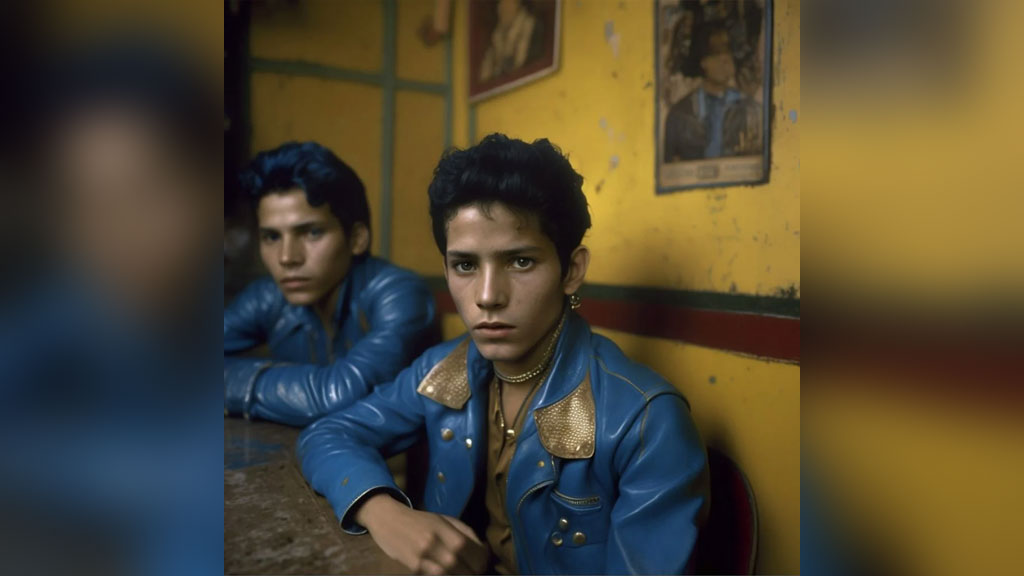
The Getty Museum in Los Angeles, USA, has acquired its first photograph created with artificial intelligence, by queer Costa Rican artist Matias Sauter Morera.
The image shows two young Latino men sitting in a café or bar, wearing blue leather jackets with gold details, gold accessories, staring towards the camera with a far off, yet intense, look in their eyes. It evokes the aesthetics of queer history in 1970s Costa Rica when stories emerged of “pegamachos,” or cowboys from the Guanacaste Coast, who engaged in private encounters with young gay men.
Morera has utilized artificial intelligence to generate images that reimagine gay culture in Costa Rica and provide a platform for conversations about previously censored queer histories.
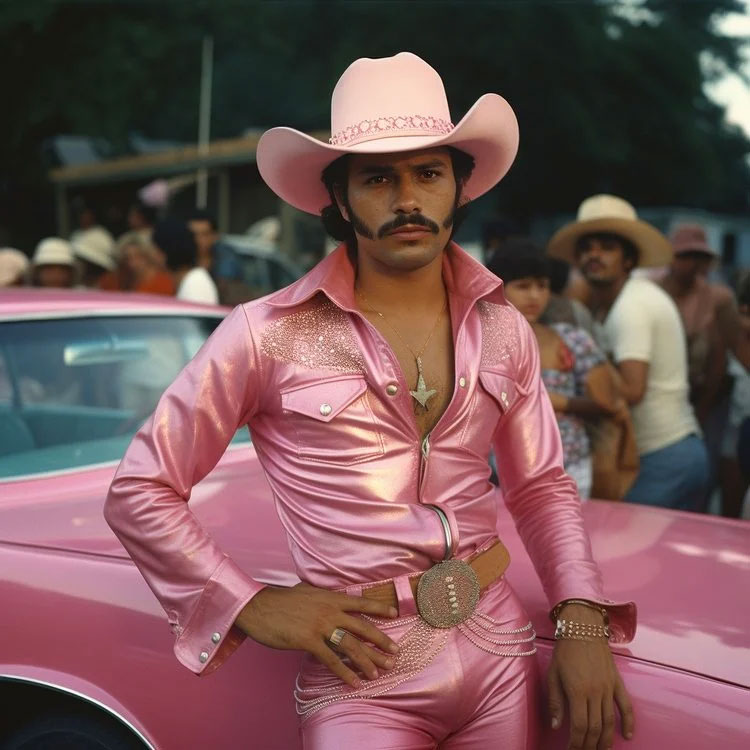
“Pegamachos still exist today, but less and less so. It’s a lifestyle that is clandestine, hidden and cloaked in anonymity,” Sauter Morera told Artnet.
The announcement of the acquisition of Morera’s work was announced on January 31 by the Craig Krull Gallery in Santa Monica, and will be shown at the Getty Museum as part of an upcoming exhibition curated by Paul Martineau titled The Queer Lens: A History of Photography.
Morera uses various AI models and Photoshop to edit, redefine and enhance the images he creates. According to Artnet, he originally considered using a straight photographic documentary approach, but that would have created problems caused by potentially exposing his subjects.
“A.I. provided a way also to achieve this without intruding on real lives or placing real Costa Rican faces that people of the community might recognize,” he said. “Since the pegamachos culture remains hidden, these AI images serve as a mimicry of photography, a fiction, and a medium through which I can imagine and construct an imagined parallel history.”
Get the Digital Camera World Newsletter
The best camera deals, reviews, product advice, and unmissable photography news, direct to your inbox!
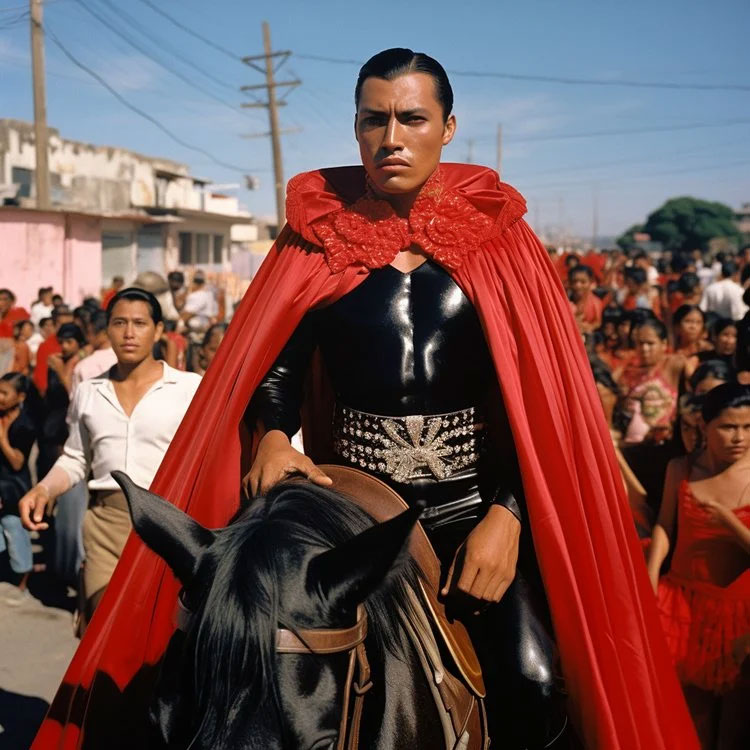
Although his image was acquired in a photography context, he does not consider his works to be photographs.
“Although these images resemble photographs, they are not. And that is part of the concept,” he said. “I view AI as a creative medium in itself, distinct from photography.
AI allows Morera to speculate on questions that he can then answer through the use of technology – including whether pegamachos would have expressed themselves more freely through their clothing, for example, if Costa Rican society had been different at the time.
“Would cowboy culture have embraced latex?” he wondered. “These speculative questions are at the core of my work.”
Hannah Sloan, a curator and art adviser who introduced the work of Sauter Morera to the Los Angeles market last year in an exhibition at Craig Krull Gallery, called it “noteworthy” that the Getty Museum would decide to acquire a photograph made using A.I., but, like Martineau, hoped the method won’t eclipse the meaning of the work.
“At the heart of Sauter Morera’s image… is the desire to reimagine a previously censored and unseen part of Costa Rica’s cultural past,” she said. “To let the technical aspects of this work overshadow the intention behind it would be a major disservice to the artist and the community the work is about.”
The Getty Museum does not have any AI-related ethical concerns about the word because Morera uses multiple programs to generate his images, “with hundreds of commands and choices that take months to perfect.”
“In the evolving history of photography, people bemoaned the death of the medium with the coming of the digital age,” said gallerist Craig Krull, who is hosting a solo show of Pegamachos next month. “A.I. is just the latest cause of growing pains in this evolution. We learned to make photographs without film, now we are learning to make photographs without a camera.”
“The Queer Lens: A History of Photography” will be on view at the Getty Center, 1200 Getty Center Dr, Los Angeles, California, June 17–September 28, 2025.
Take a look at our guides to the best AI image generators, the best cameras for portraits, and the best cameras for beginners.
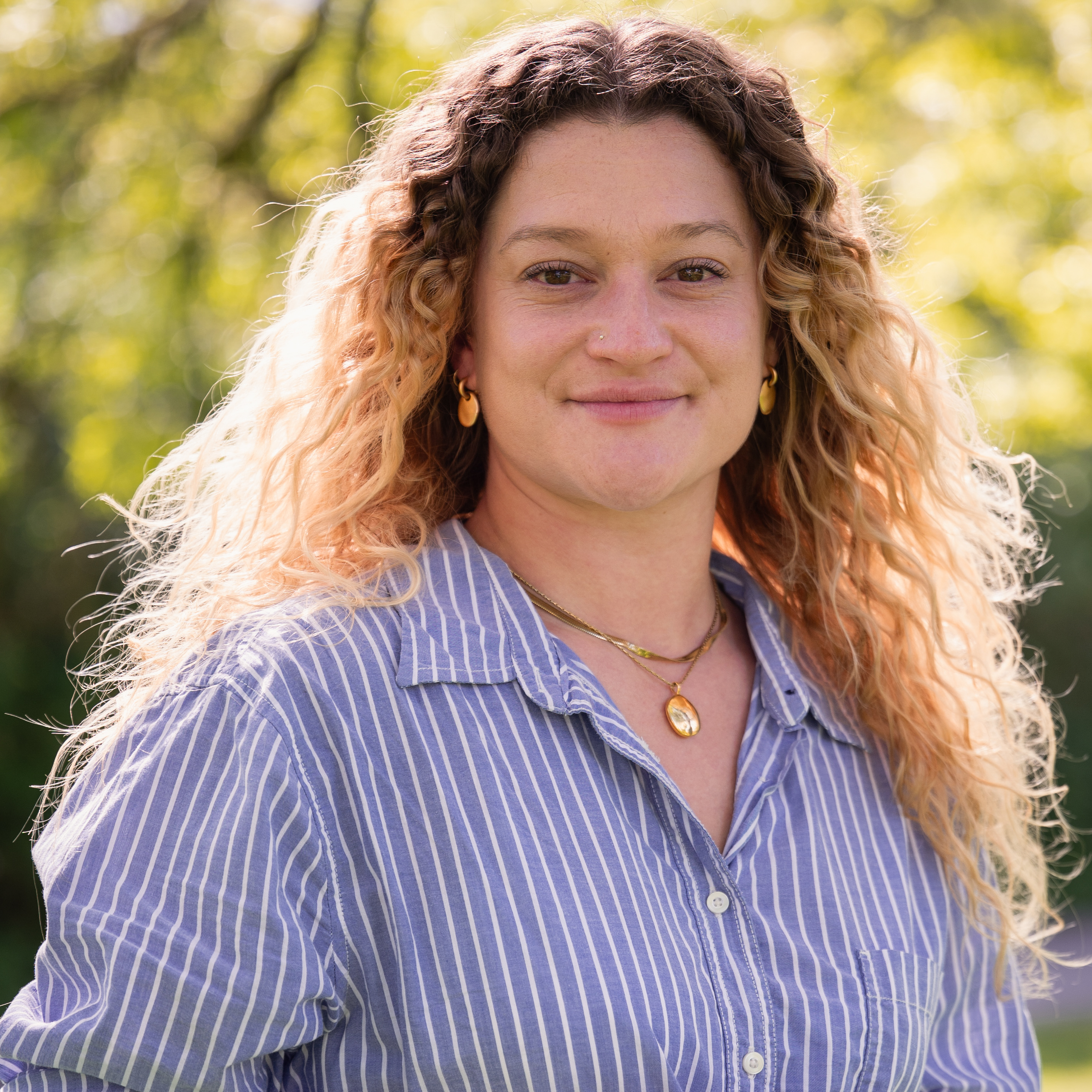
After graduating from Cardiff University with an Master's Degree in Journalism, Media and Communications Leonie developed a love of photography after taking a year out to travel around the world.
While visiting countries such as Mongolia, Kazakhstan, Bangladesh and Ukraine with her trusty Nikon, Leonie learned how to capture the beauty of these inspiring places, and her photography has accompanied her various freelance travel features.
As well as travel photography Leonie also has a passion for wildlife photography both in the UK and abroad.
You must confirm your public display name before commenting
Please logout and then login again, you will then be prompted to enter your display name.
